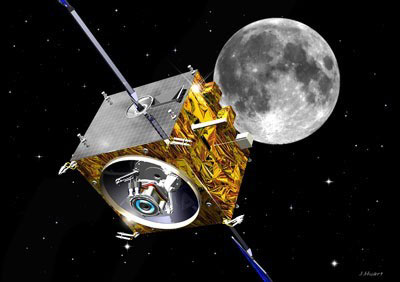| 2003 |

|
YEAR BOOK |
University of Limerick
|
Standardised architecture for European Space Agency spacecraft
|

Virtually all spacecraft launched today employ a distributed microprocessor based computing system which governs communication, attitude control, payload management and all the additional spacecraft sub-systems.
The avionics system architecture of a satellite is essentially modular in configuration, comprising sub-systems such as gyroscopes, reaction wheels, sun sensors, star tracker, a telemetry and telecommand unit, power generation and management systems, a thermal control system and, of course, the satellite payload devices.
The ESA work group is addressing specific space requirements, such as global time distribution, hard real-time requirements, determinism, robust fault-tolerance and redundancy, tolerance to vacuum and radiation exposure, Single-Event Upset (SEU) protection, scalability, higher layer protocols and composability both on a functional and temporal level.
The proposed system architecture implements a communication infrastructure, known as Controller Area Network (CAN), which has been developed originally for automotive applications.
This work is part of an initiative to overcome the disadvantages often encountered in the spacecraft industry of low volume, high price, and limited historical information on the aerospace specific components. By using technologies developed by the automotive industry, satellites can take advantage of the automotive screening process and methodologies to reduce the non-recoverable engineering costs, and increase the flexibility of the spacecraft design process.
The PEI/CSRC Centre at the University of Limerick has over a decade of experience working with this network on projects such as the RADAR based collision warning and detection system for this year's Mercedes Benz luxury S-Class vehicle. Additionally the group are members of the International Standards Organisation task force (ISO/TC 22/SC 3/WG 1/TF6) responsible for maintaining and amending the ISO CAN protocol specification.
Contact: Dr. Gabriel Leen; E-mail: [email protected]